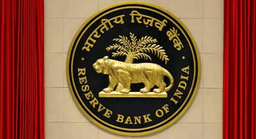•
15 Mins read
•BankingCanara Bank: Merging a Rich Heritage with Digital Innovation in Indian Banking

Summary
Established in 1906 in Mangalore, Canara Bank has evolved into a leading public sector bank through significant milestones like nationalization and strategic mergers. Its diverse services include retail, corporate, and investment banking, enhanced by digital initiatives. The bank’s global outreach and strong focus on rural support underline its commitment to inclusive growth.





